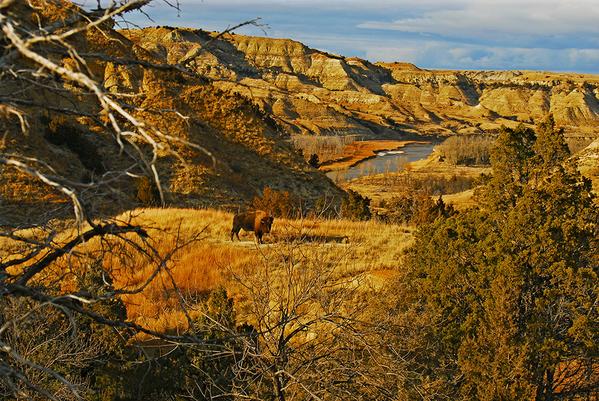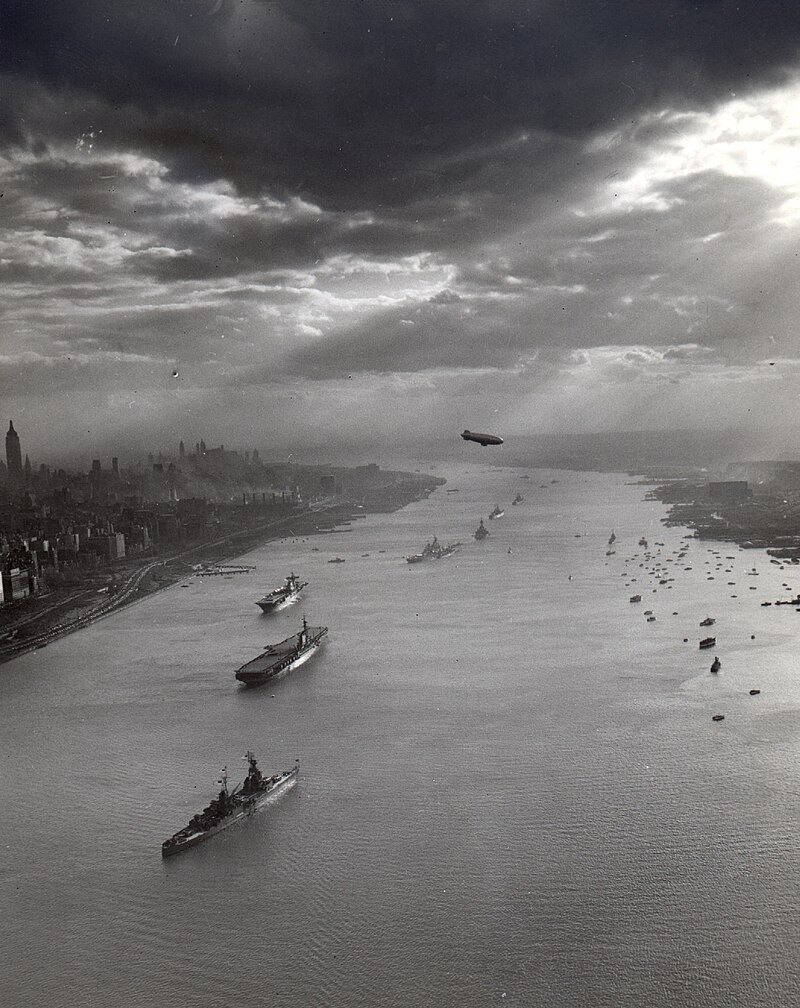Much of our flight to China we fond the ground, or ocean, obscured by clouds. About an hour out of Beijing, we caught glimpses of China’s countryside.
It’s different there.
If you’ve flown much over the U.S., you’re familiar with agricultural regions having identifiable features such as the large circles created by irrigation systems, or the grid-pattern fields laid out across much of the American Midwest. Those fields are punctuated, especially at night, by farmhouses, smaller crossroads featuring a few more buildings, small towns, and increasing urbanization along the highways going into bigger cities.
In China, north of Beijing, human habitations are much more dense than small U.S. farm towns, and the fields themselves appear almost wholly absent of human habitation.

Semi-rural area north of Beijing, from 30,000 feet or so. Note new, high-rise apartment buildings in the small town. Photo by Ed Darrell
Here’s a photo I took from our airplane window, looking to the west, over China at least 100 miles north of Beijing. ChinaCom’s system doesn’t identify locations to my iPhone as Verizon’s system does in the U.S.; I have not yet identified the river, though I think it may be the north-flowing Songhua-Amur Rivers complex.

Agricultural fields are neatly laid out. Notice there is no room left for wild lands, where wildlife might find a home.
I was struck by the lack of uncultivated, unplowed or undeveloped land. Fields abut each other tightly, without even hedgerows between them. We noticed a marked lack of wildlife on other parts of our trip; without even space for weeds to grow between the fields, wildlife habitat is reduced essentially to nil. Does that harm or benefit agricultural production, and other production?
Not a perfect comparison, but here is a nearly-randomly-selected USGS aerial photo of farmland in the U.S., near Jerseyville, Illinois (from much lower airplane elevation):

USGS photo of land near Jerseyville, Illinois, near the Illinois River. Hills are unplowed now (they may have been farmed in the past), and waterways have banks of brush and trees for some distance, partly to control erosion. Notice wild tree and shrub growth between some fields.
This photos are not an exact comparison, but you can get the idea that worries me.
China’s tightly-controlled development policies over the past five decades, coupled with a thousand years or so of continued, developed and intentional habitation on these lands, leaves little room for something that is not planned.
Little room for nature. Someone would argue China’s land use is required in order to feed a massive population. Is that so?
On the trip I ran into a fellow working for a company trying to figure out ways to bioremediate polluted rivers in China, since the government came to realize polluted water harms human health and agricultural and riparian production downstream. One way would be to establish buffer lands along the banks of rivers. Can China change policies to allow that to happen, in time?
Pretty from an airplane window. Reflective of wise land use policies? There’s a rich discussion.
More:



 Posted by Ed Darrell
Posted by Ed Darrell 









